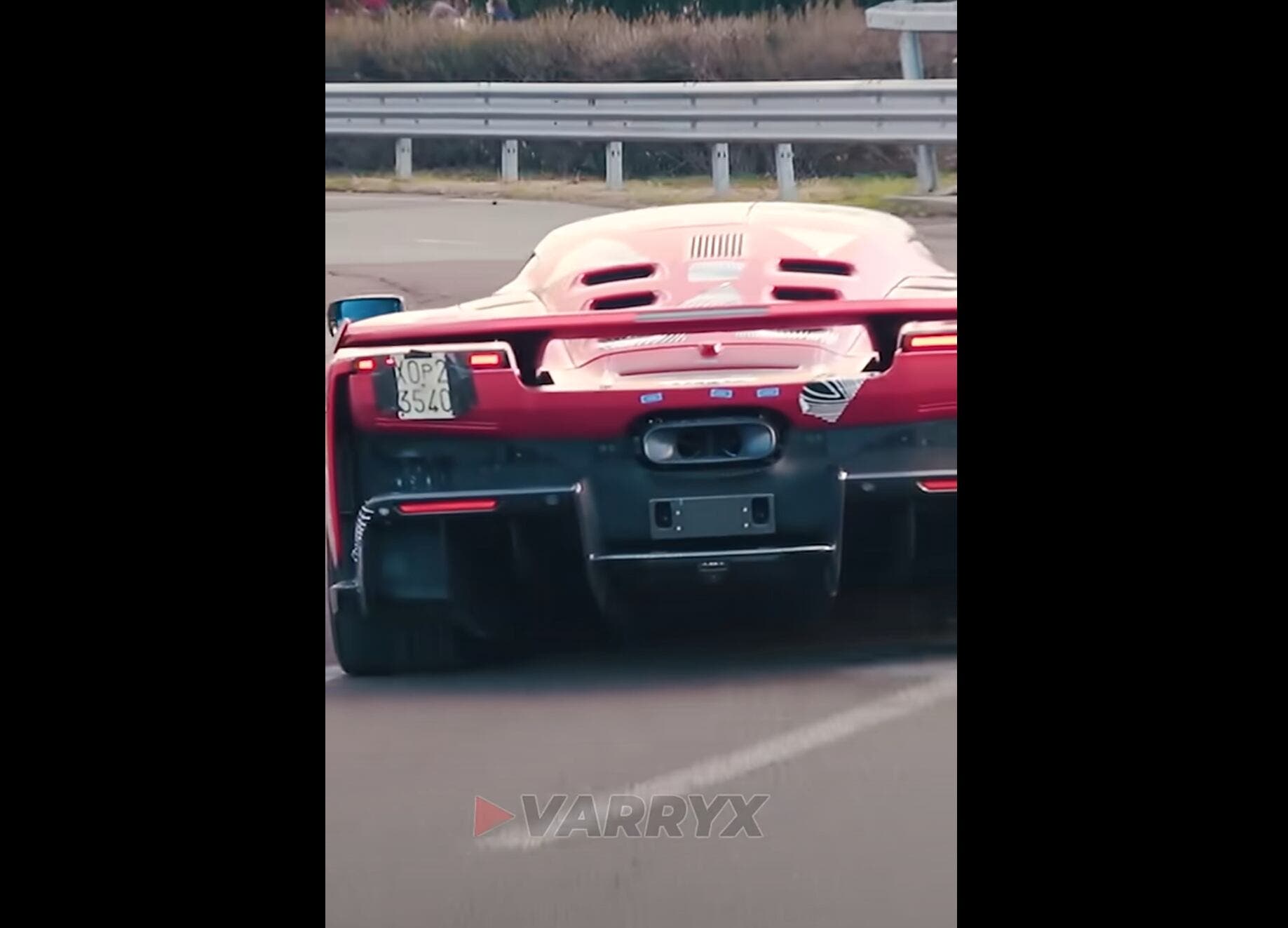The arrival of the Ferrari F80 has provoked passionate debate among Prancing Horse enthusiasts. The design, considered by some to be too bold and distant from its iconic progenitors, has generated a large number of comments on social media, including criticism and proposals for restyling. But what do the experts really think? And what does the F80 look like in person, finally free of camouflage? A recent Varryx video gives us a new perspective, revealing the appeal of this supercar in its natural habitat.
Different opinions about the Ferrari F80
The arrival of the Ferrari F80 has split the minds of Cavallino Rampante enthusiasts. Some mourned the absence of a V12 or, at least, a V8, as had been the case with the GTO and the F40, forerunners of the family of supercars to which the latest one belongs. Taking a look in social media, however, this does not seem to be the real source of disappointment, which emerges in most of the comments.
After all, in a short time there were many who realized that this type of product would seem to be aiming for a close relationship with the racing world, so the choice of the twin-turbo and hybrid V6, which echoes the solution in use on the 499P, two-time winner of the 24 Hours of Le Mans, is not surprising. What has created the main discontent is the styling of the Ferrari F80, deemed unworthy of that, sublime, of its progenitors. The expressive alchemies of the bodywork are less fluid, plastic and flowing than the cars that preceded it and seem to deviate from the usual style of Maranello’s works.

There is also talk of the so-called “Lego” effect for the F80
Some talk about the Lego effect equally robust and reliable. Opinions here, too, are always different and conflicting. There are those who think, for example, that perhaps strains have been conceived in the details, such as the black band between the headlights and the front fender with sharp cuts, which make an otherwise well-executed volumetric picture more arty. To summarize, it could be said that it did not take much to bring it in line with the flowing features of the forerunners, but it was preferred to complicate the picture for reasons that do not seem to me to be related to extreme aerodynamics, to which such a car must obviously adapt. The controversy over the design of the Ferrari F80 has unleashed the creatives of the web, with a number of different interpretations of the model.
There are many versions with more changes to the physiognomy of the front light clusters and with the removal of the black fascia: interventions that in no way change the aerodynamic approach of the model. Other models, on the other hand, have been seen with revised tail, revised with double headlights and a classic rear window. Others with completely different proposals. A recent Varryx short gave us a chance to admire the Ferrari F80 in a real and unmuffled scenario, with just a few stickers covering the bodywork. As we can see, this is another occasion when cars coming out of the Maranello-based manufacturer always provoke great debates, both in terms of their equipment and their design. It is probably right that this is so, too; everyone has different ideas and original tastes.

